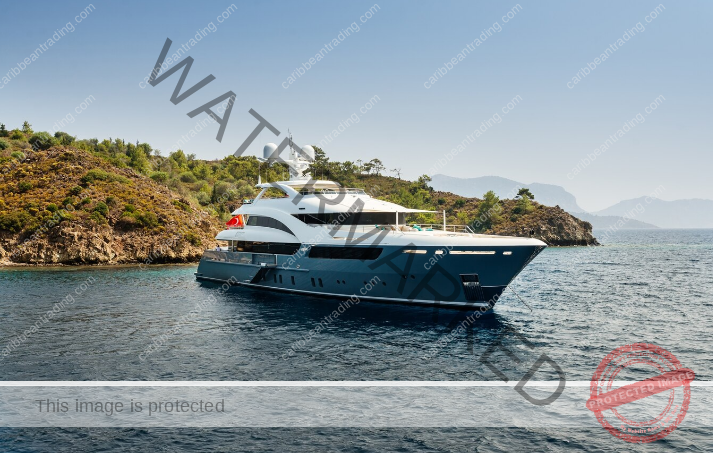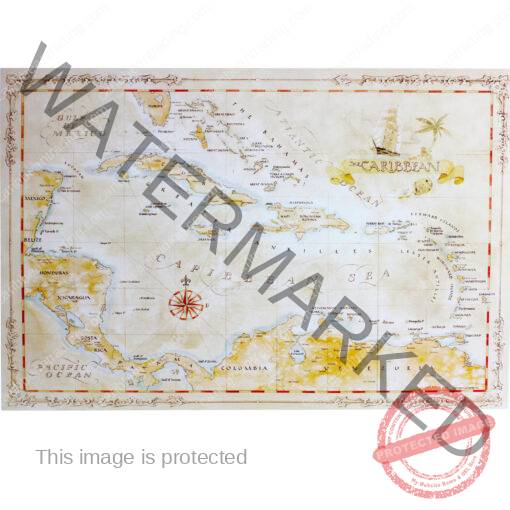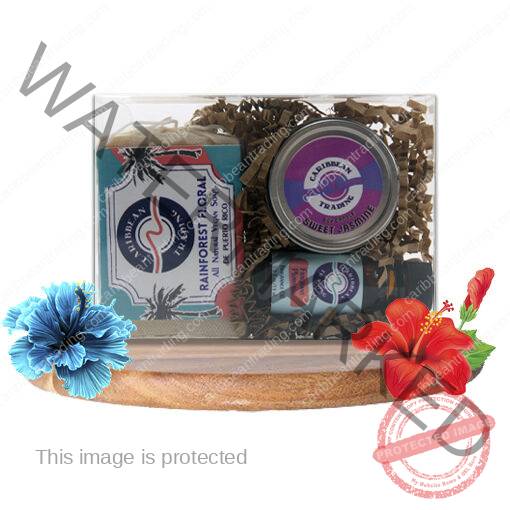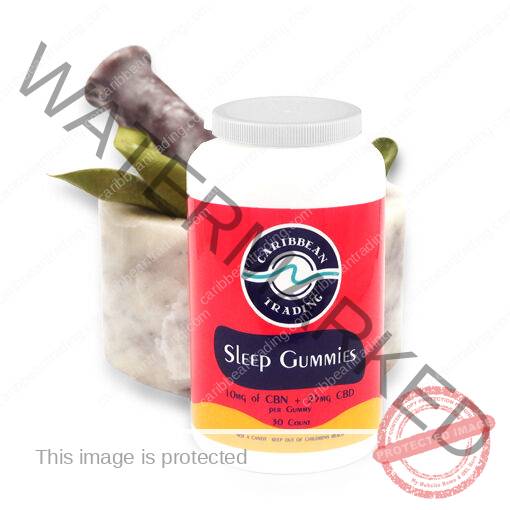Entertainment in the Caribbean
How to Plan Your Yacht Charter: Essential Tips For A Perfect Caribbean Adventure
If you wanna know how to plan your yacht charter in the Caribbean, this is your place. It is the epitome of luxury travel, offering unparalleled freedom to explore some of the most beautiful waters and islands in the world. To ensure your journey is as perfect as possible, careful planning and consideration are crucial. Here’s a comprehensive guide to help you navigate the essential steps for planning the ultimate Caribbean yacht charter.
1. Choosing the Right Time to Go
The Caribbean doesn’t really have a “bad” season—it’s warm all year, like a tropical climate. But here’s the deal: December to April has the dream weather. Sunny, low rain, nice breeze. Downside? It’s when everyone else is there, so yeah, more crowds and higher prices. May and June? Quieter, a little cheaper, still nice. Once you slide into July through November, you’re in hurricane season. Doesn’t mean don’t go—just… keep an eye on forecasts, especially in September and October.
2. Selecting the Perfect Yacht
This is the fun (and tricky) part. Sailboats are for people who love that old-school, slow-and-steady vibe. Catamarans give you space and stability—families love them. Motor yachts? Fast, fancy, and great if you want to hop between islands quickly. Superyachts are basically floating mansions. And then you’ve got luxury fleets, like Yachtzoo, that cover the really high-end stuff. Think about who’s coming, how much you want to spend, and what kind of experience you actually want.
3. Choosing Your Itinerary
So many islands, so little time. The BVIs are kind of the starter pack—calm water, short hops, super chill. The Leewards (St. Martin, St. Barths, Anguilla) lean glamorous—fine dining, nightlife. The Windwards (St. Lucia, Grenadines, Grenada) feel wilder, greener, with epic sailing conditions. The Bahamas? Those clear waters you see on postcards. Honestly, don’t try to cram it all in one trip. Pick a vibe and roll with it.
4. Understanding Charter Costs
Charter fees cover the boat itself, but there’s more. APA (Advance Provisioning Allowance) is like a kitty for fuel, food, port fees—usually 20–30% on top. Then you’ve got crew tips (10–20% of the base fee is expected). And please, get insurance. It feels boring until you need it, then it’s priceless. Ask your charter company for a clear breakdown of the cost of chartering a yacht so nothing sneaks up on you.
5. Packing Essentials
Keep it light—breathable clothes, swimsuits, cover-ups. Deck shoes with soft soles are a must (slipping on wet wood is not fun). Flip-flops for the beach, though. Sunscreen, sunglasses, a hat—don’t mess around with the Caribbean sun. A waterproof bag saves your stuff from spray or sudden showers. Snorkel gear is usually included, but bringing your own guarantees it fits.
6. Planning Activities
Snorkeling and diving are obvious—reefs, tropical fish, sometimes shipwrecks. Fishing’s a big draw too, lots of yachts have the gear. Water toys—kayaks, paddleboards, jet skis—are common, just check what’s onboard. On land, you’ll find everything from little street markets to jungle hikes. And the food… you can eat gourmet on the yacht, then try local dishes when you dock. Win-win.
7. Understanding the Role of the Crew
The captain runs the ship, literally, but also helps shape the trip. The chef—super important—handles your meals, so tell them what you like or can’t eat before you go. Deckhands and stewards keep the yacht smooth and guests happy. Treat the crew with respect and they’ll usually go above and beyond for you. A good vibe between guests and crew makes the whole trip ten times better.
8. Safety Considerations
Not glamorous, but necessary. Pay attention to the safety briefing—yes, even if you’ve heard it before. Double-check life jackets, know where the medical kit is. Bring personal meds. And seriously, if the captain says the weather’s changing and the plan has to shift, don’t argue. Better a different beach than a stormy sea.
Conclusion
At the end of the day, chartering a yacht in the Caribbean is this mix of planning and letting go. Do your homework—pick the season, yacht, and route wisely, budget smart, and pack right. Then once you’re out there, relax. Let the crew do their job, soak up the sunsets, dive into the water. It’s not just a trip, it’s one of those life experiences you’ll keep replaying in your head long after you’re back on shore.







